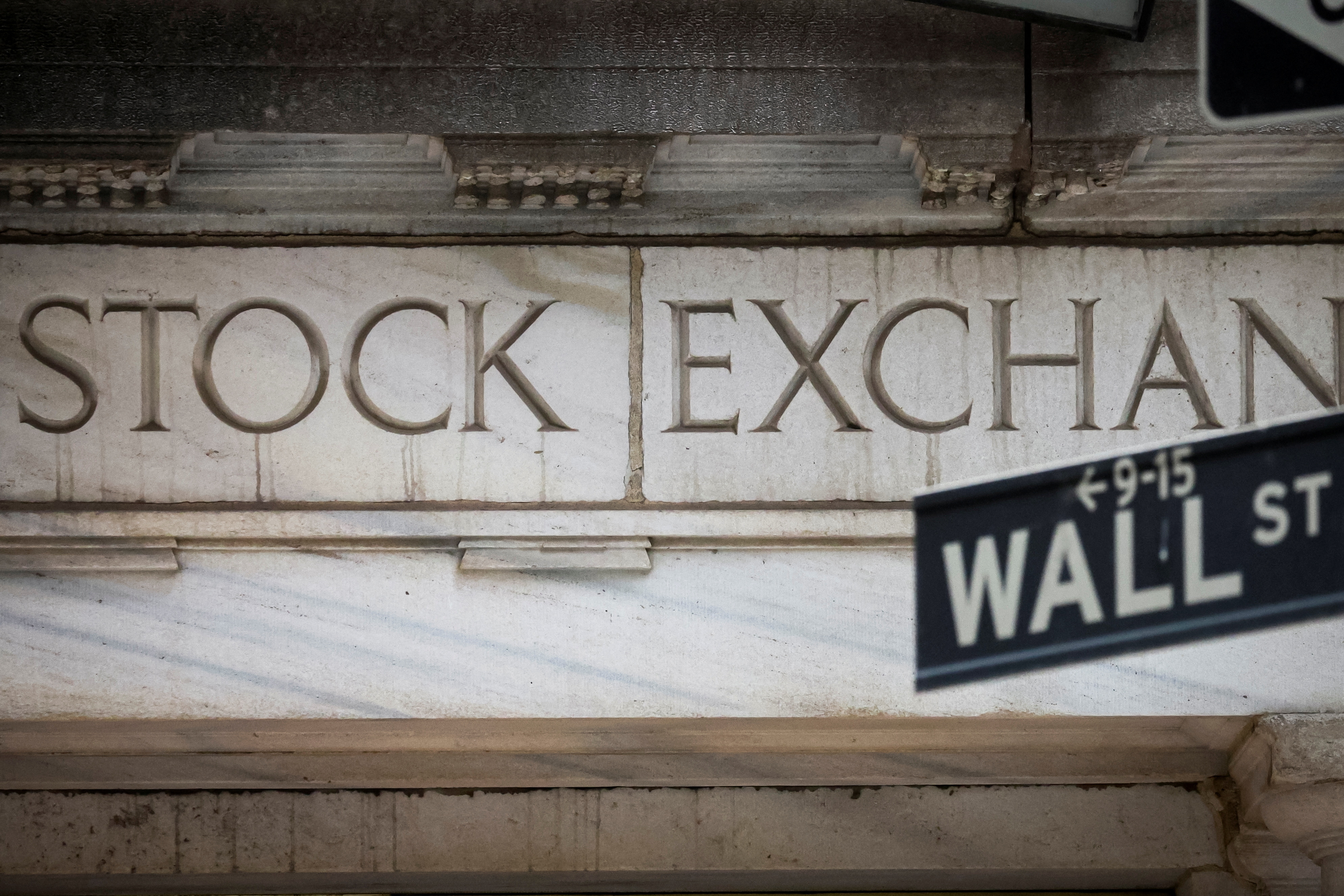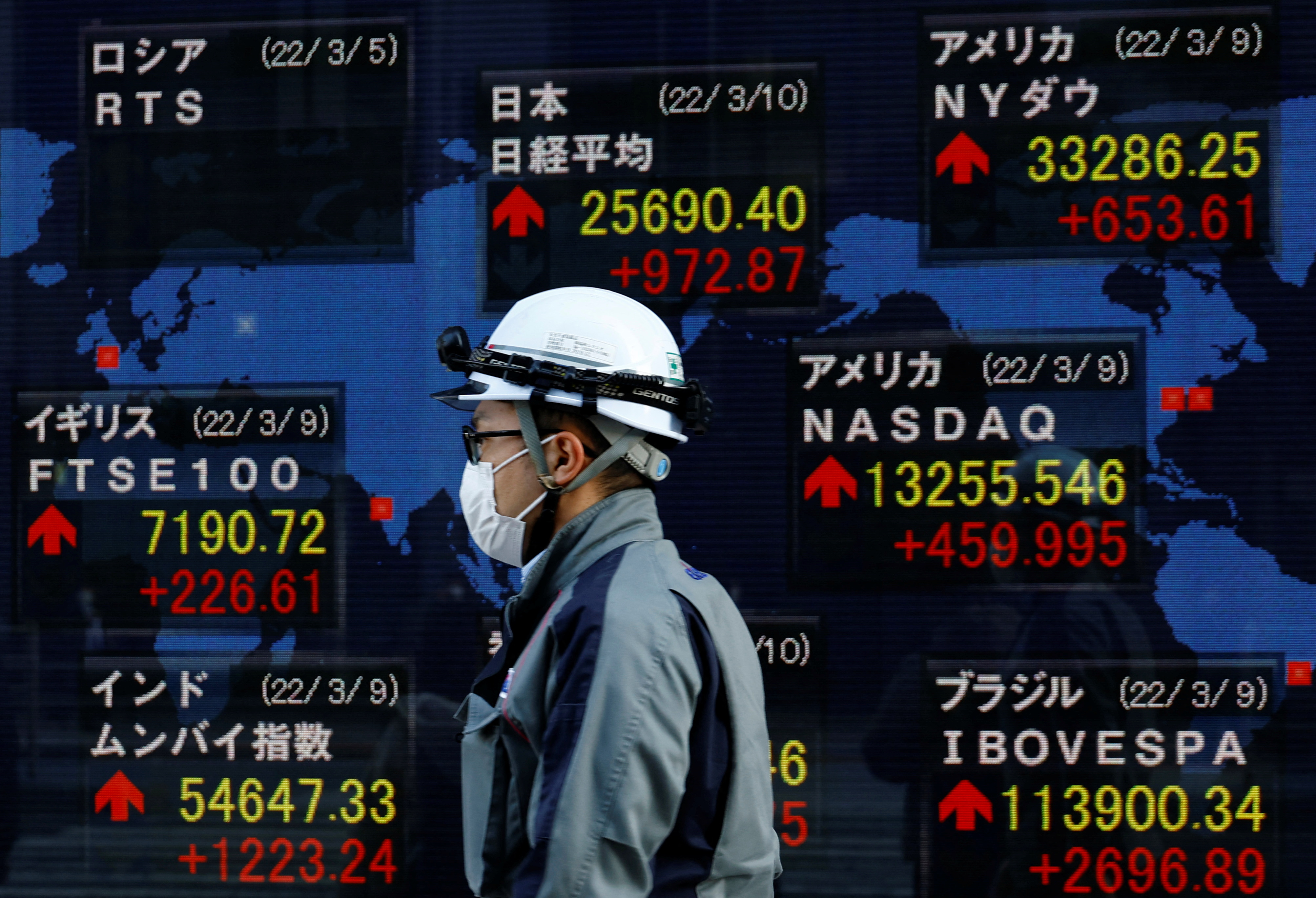U.S. stocks moved sharply higher on Thursday, powered by a rebound in mega-cap growth stocks, while crude oil prices moved lower as a surge of COVID cases in China exacerbated fears of global economic downturn.
All three major U.S. stock indexes jumped in a broad-based rally, with the tech-heavy Nasdaq leading the pack. Those gains were boosted by a rise in U.S. jobless claims, which suggested the Federal Reserve’s hawkish monetary policy is having its intended effect.
The S&P and the Nasdaq were on course for their biggest one-day percentage gains in a month.
“It’s nice to see green on the screen,” said Terry Sandven, Chief Equity Strategist at U.S. Bank Wealth Management in Minneapolis. “Stocks are trending higher as investors look to put a wrap on 2022, while approaching 2023 with a renewed sense of optimism.”
Spiking cases of COVID-19 in China, in the wake of Beijing easing its pandemic-curbing restrictions, have soured risk appetite elsewhere, pressuring the dollar and weighing on crude prices.
Worries over a looming global recession preoccupied investors on the penultimate trading day of 2022, a year in which central banks’ battle against decades-hot inflation and Russia’s war on Ukraine helped push all three major stock indexes to their steepest annual percentage losses since 2008, the nadir of the global financial crisis.
“While macro headwinds remain, there is reason for optimism,” Sandven added. “Valuations have been reset lower, implying an improved risk-reward profile, particularly among growth oriented sectors.”
An uptick in jobless claims in the United States, and a sharp decline in euro zone business lending offered evidence that the hawkish monetary policies of the Fed and the European Central Bank are succeeding in curtailing demand in order to cool inflation.
“Performance in 2022 was largely impacted by the duration and magnitude of inflation,” Sandven said. “2023 will be all about the magnitude and duration of recession.”
The Dow Jones Industrial Average (.DJI) rose 389.63 points, or 1.19%, to 33,265.34, the S&P 500 (.SPX) gained 69.81 points, or 1.85%, to 3,853.03 and the Nasdaq Composite (.IXIC) added 265.44 points, or 2.6%, to 10,478.73.
European shares followed their U.S. counterparts higher, but gains were held in check by worries over spiking COVID cases in China, the world’s second largest economy.
The pan-European STOXX 600 index (.STOXX) rose 0.68% and MSCI’s gauge of stocks across the globe (.MIWD00000PUS) gained 1.34%.
Emerging market stocks lost 0.29%. MSCI’s broadest index of Asia-Pacific shares outside Japan (.MIAPJ0000PUS) closed 0.46% lower, while Japan’s Nikkei (.N225) lost 0.94%.
Benchmark Treasury yields softened after three straight days of gains in the wake of U.S. jobless claims data.
Ten-year notes rose 13/32 in price to yield 3.8391%, from 3.886% late on Wednesday.
The 30-year bond rose 31/32 in price to yield 3.923%, from 3.977% late on Wednesday.
The dollar lost ground against a basket of world currencies after jobless claims data suggested some easing in the tight labor market, even as optimism over Beijing’s relaxed COVID restrictions reopening was dampened by a wave of new COVID cases there.
The dollar index fell 0.57%, with the euro up 0.64% to $1.0676.
The Japanese yen strengthened 1.14% versus the U.S. currency at 132.96 per dollar, while sterling was last trading at $1.2066, up 0.44% on the day.
Crude oil prices slid due to uncertainties surrounding the wave of COVID infections in China, but its losses were held in check by strong U.S. demand.
U.S. crude shed 0.7% to settle at $78.40 per barrel, while Brent settled at $82.26 per barrel, down 1.2% on the day.
Gold jumped, boosted by the dollar’s weakness.
Spot gold added 0.8% to $1,817.67 an ounce.
Related Galleries:




